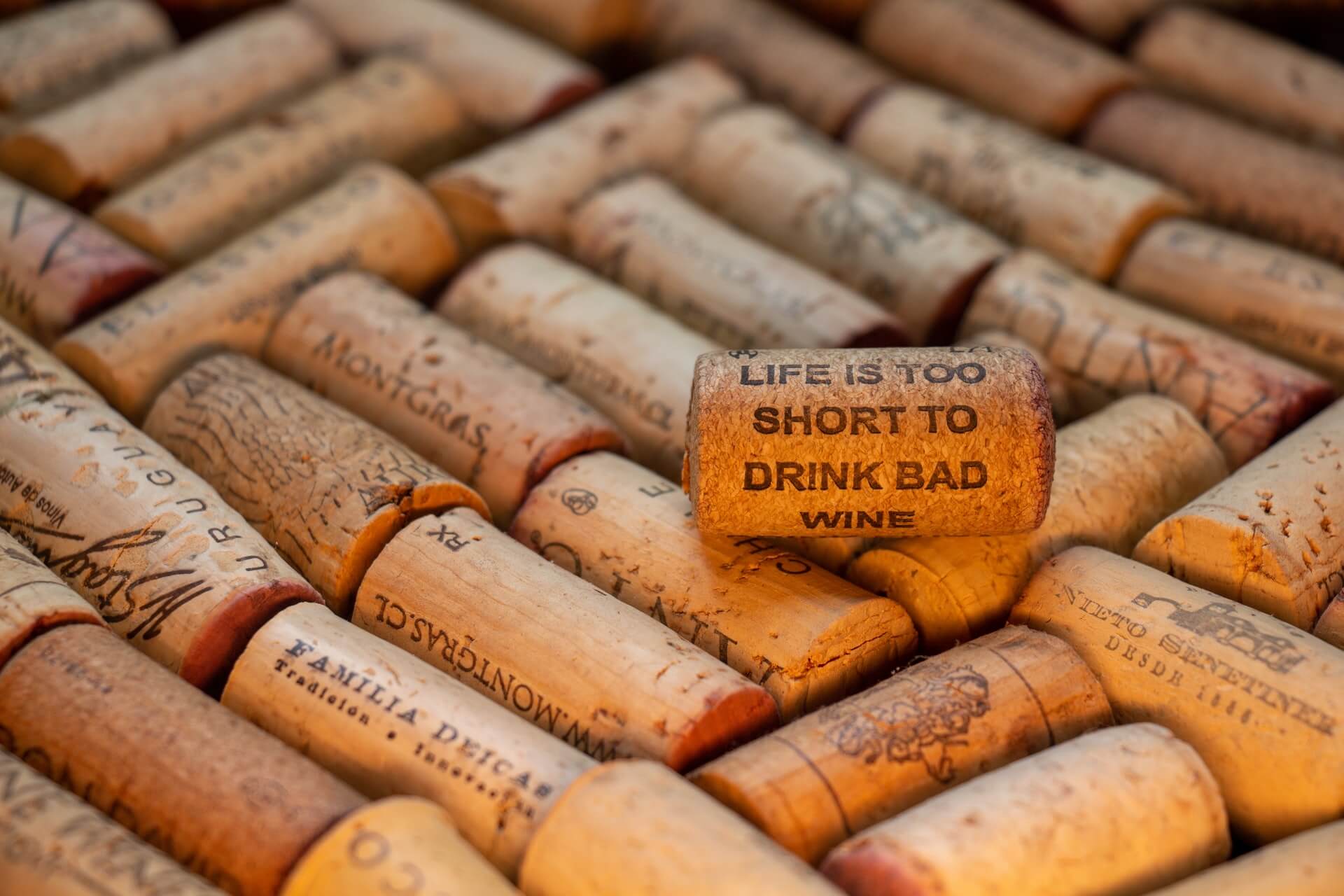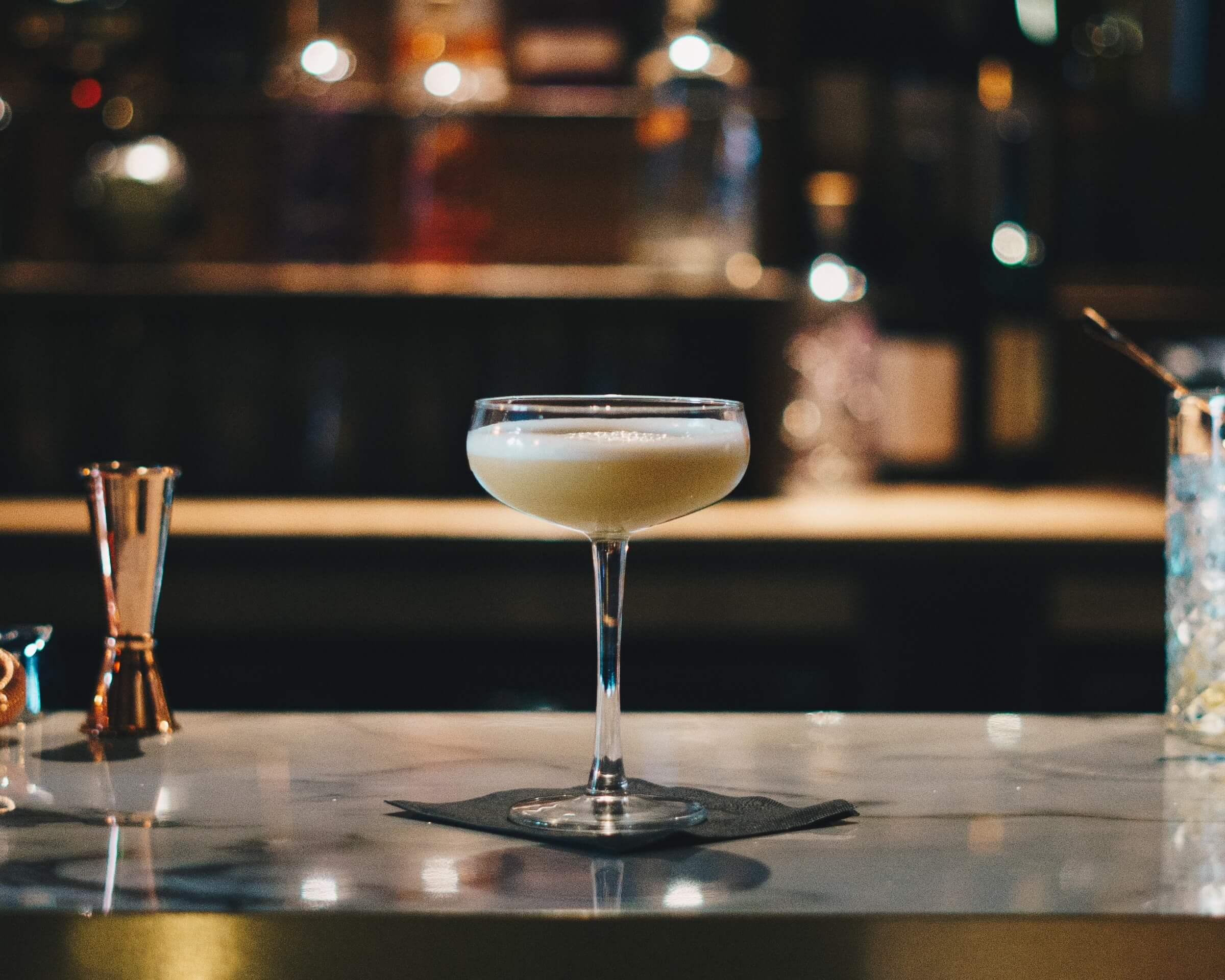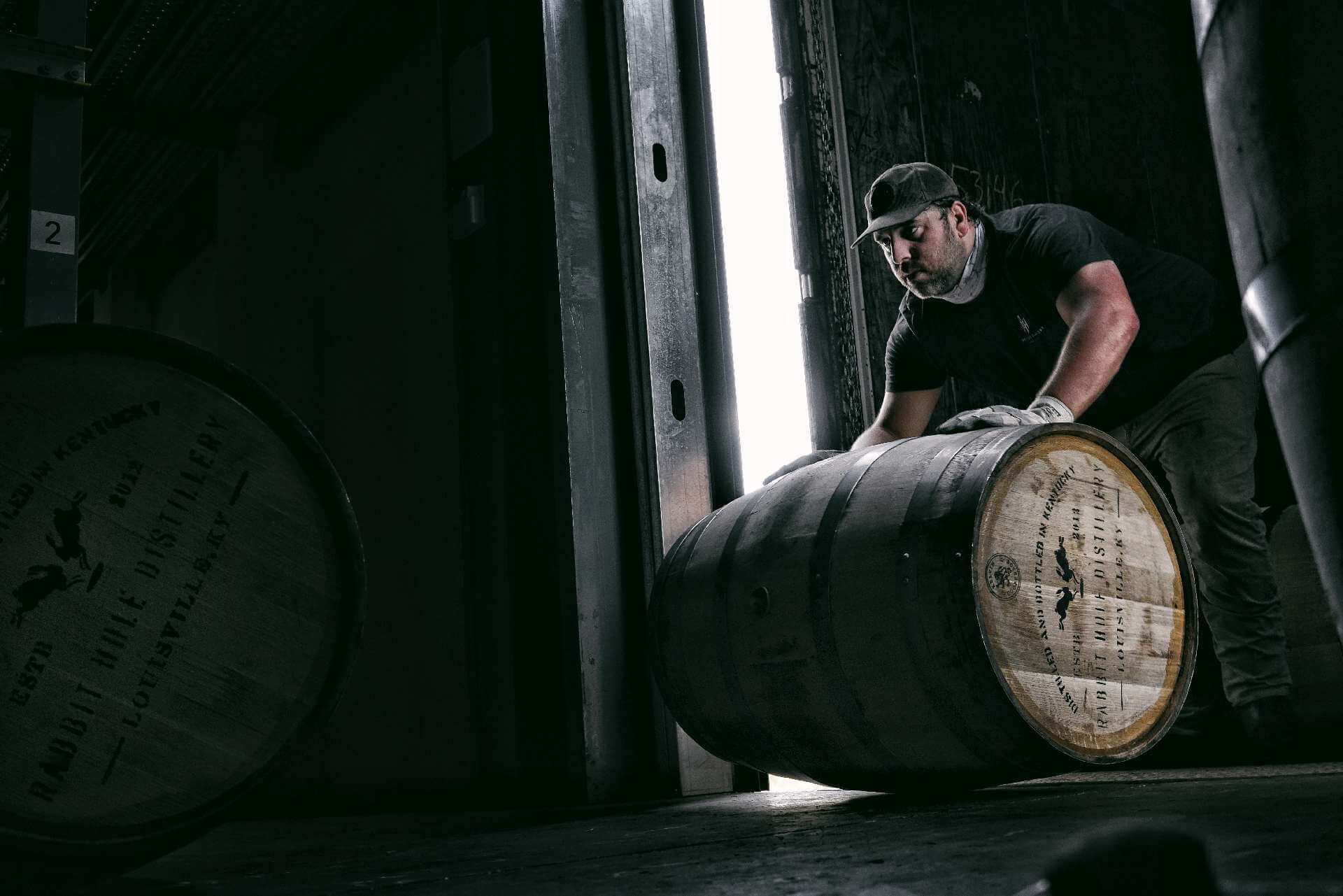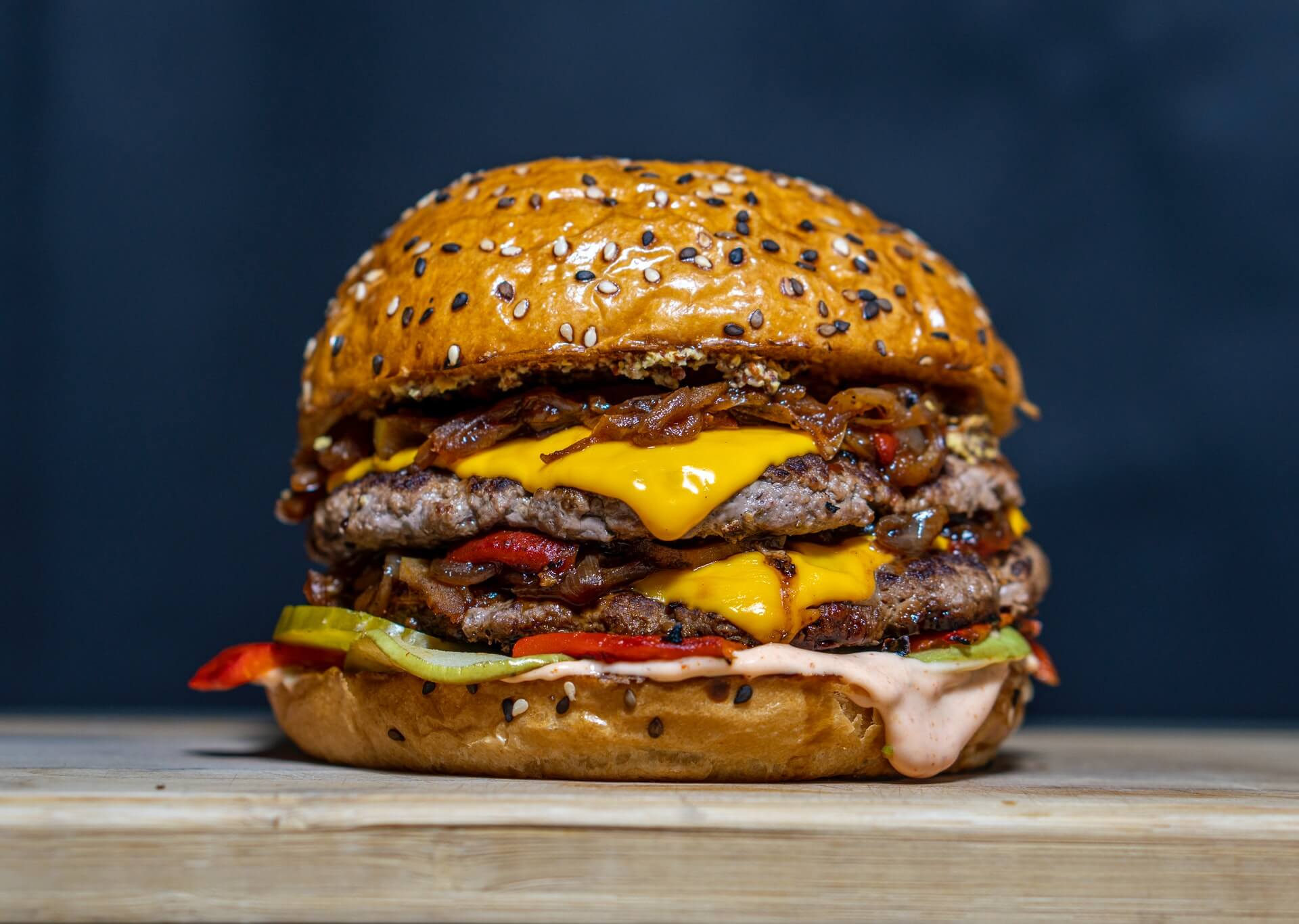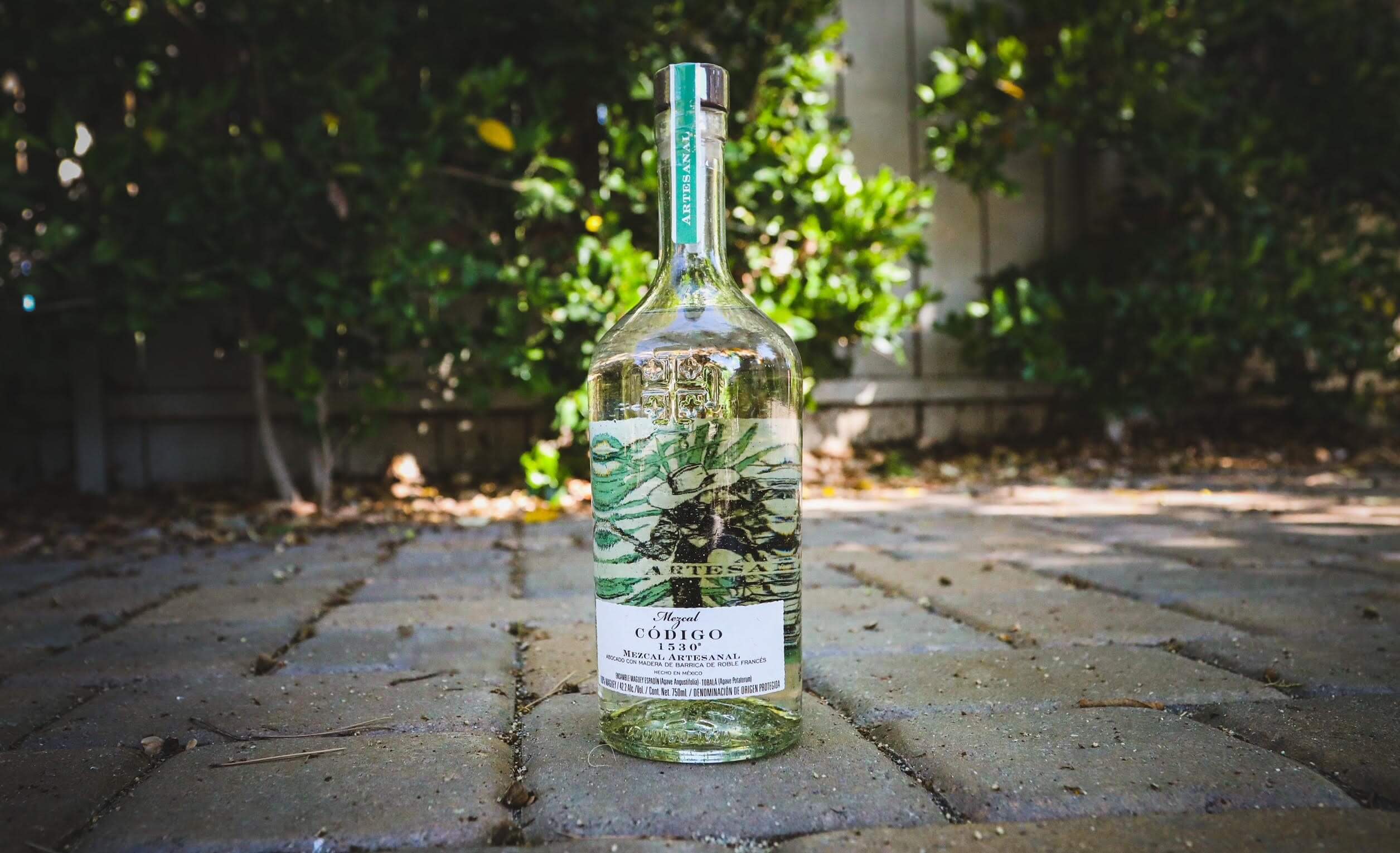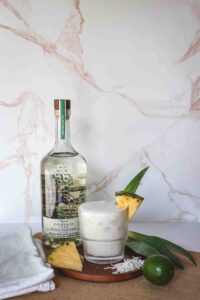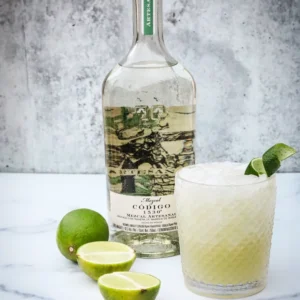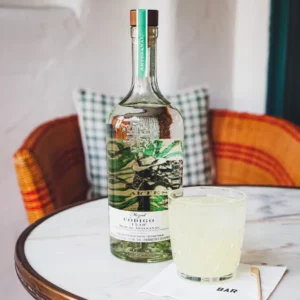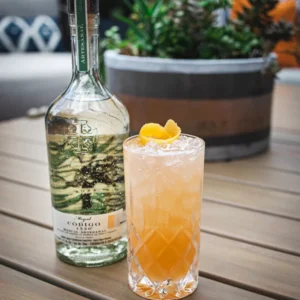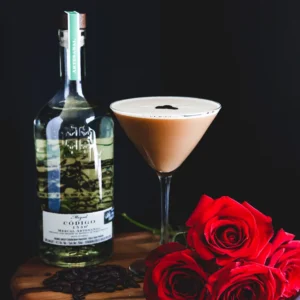Celebrate Two August Bar Holidays with Rum
by David Klemt
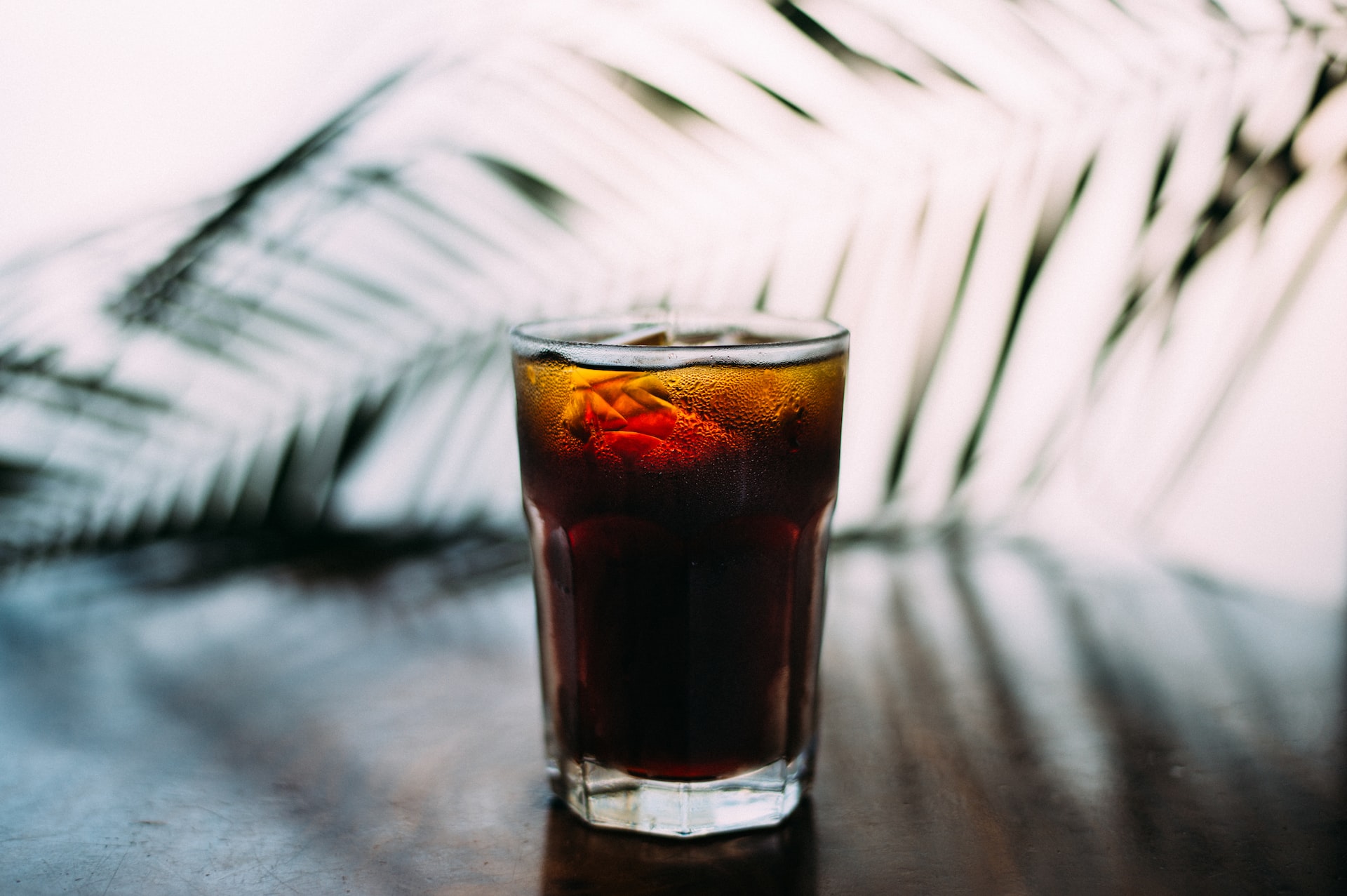
If you and your team have a commitment to programming and promotions, you have to love all the bar holidays available to you in August.
Not only are there six wine holidays in August, there are two holidays that call for rum. In fact, August is National Rum Month.
On August 16 you have the opportunity to program for National Rum Day. Obviously, rum is a legendary spirit with loads of history. So, you’ll want to honor it correctly—get creative and pull out all the stops.
Of course, one excellent way to celebrate rum is with famous perfect builds of classic rum cocktails. One of these classics is the iconic Mai Tai. Oh, yeah—that’s the other rum holiday in August!
After you program for Tuesday, August 16, prepare for Mai Tai Day on Tuesday, August 30.
June 30 is NOT Mai Tai Day
Now, if you Google “National Mai Tai Day” or “Mai Tai Day,” you’ll get an interesting result. You’ll see that some say National Mai Tai Day is June 30.
Well, Trader Vic’s says that’s absolutely not the case. In fact, a proclamation from the City of Oakland declares August 30 is Mai Tai Day.
On August 30, 2009, at-large councilmember Rebecca Kaplan made it official.
But why, I hear you asking (maybe, possibly), should we take Kaplan’s word for it? For me, it’s because Trader Vic’s themselves confirm that August 30 is “the real” Mai Tai Day.
Okay, but why should we take Trader Vic’s word for it? Because Trader Vic himself is the inventor of the Mai Tai.
Fact not Fiction
As I often point out when diving into cocktail history, much of what we “know” about certain drinks is lore. Either we simply can’t be 100-percent certain about a cocktail’s origins or multiple people are given the credit.
I mean, in some cases multiple people take the credit (and the glory) for themselves.
However, that’s not the case with the legendary Mai Tai. We know that Victor J. “Trader Vic” Bergeron is the classic cocktail’s creator.
Getting inspiration from traveling and operator peer Donn “Don the Beachcomber” Beach, Bergeron transformed his bar Hinky Dink into Trader Vic’s.
So, what do many (most, if we’re honest) operators like to do when they open or rebrand their business? Come up with a signature drink or dish.
In the case of Trader Vic’s, the Mai Tai was born.
The Real Mai Tai
Interestingly—perhaps sadly—the Mai Tai is often the subject of “mistreatment.” In part, we can blame Trader Vic for this.
Now, before you break out your pitchfork, I’m not vilifying Trader Vic. However, he did refuse to share his Mai Tai recipe with others. Author Wayne Curtis explains that this secrecy is “why we have so many bad Mai Tais with pineapple juice and other hideous additions.”
Those hideous additions? Juices, an array of rum styles, floats, garnishes beyond a lime shell and mint sprig… It’s likely you’ve never seen consistency in Mai Tai builds.
As Trader Vic himself tells it: “I took down a bottle of 17-year old rum. It was J. Wray & Nephew rum from Jamaica—surprisingly golden in color, medium bodied but with the rich pungent flavor particular to the Jamaican blends.”
So, that dispels the notion that you use a light rum and a dark rum to build a Mai Tai. He also only added orgeat, orange curaçao, rock candy syrup (the recipe calls for demerara simple), and fresh lime juice.
To be fair, it’s said that the popularity of the Mai Tai forced the J. Wray & Nephew rum (almost) to “extinction.” Rumor has it that original bottles can command auction prices of $50,000 or more.
Trader Vic’s Original Mai Tai Recipe
A lot of us like to put our spin on things. However, there’s an official recipe from the official creator of the Mai Tai.
So, let’s honor Trader Vic and his iconic creation. Below is the recipe that most closely follows the Trader Vic’s spec. Obviously, nobody expects you to track down a $50,000 bottle of rum to follow the original with ruthless precision.
- 1 oz. Light rum
- 1 oz. Dark rum
- Fresh lime juice (keep half of the squeezed lime’s shell)
- 0.5 oz. Orange curaçao
- 0.25 oz. Orgeat
- 0.25 oz. Simple syrup
- Fresh Mint Sprig
- 1 cup Crushed ice
Add crushed ice to a shaker. Some bartenders also add some ice cubes. Next, add the liquid ingredients, and shake. Pour—without straining—into a double Old Fashioned glass. Garnish with the lime shell and mint spring. That’s right—the original recipe doesn’t call for a pineapple wedge or cherry.
Image: Blake Wisz on Unsplash

